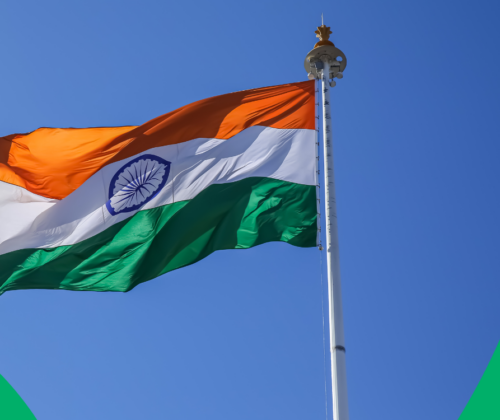Domestic tourism plays an important role in Vietnam’s tourism. Last year, after reopening, despite missing the target of welcoming international visitors, Vietnam has “exploded” in domestic tourism.
In 2022, Vietnam recorded a strong growth in domestic tourists. It reached 101.3 million arrivals, up 168.3% of plan, exceeding pre-pandemic levels.
Domestic market size before the pandemic
During the period 2015 – 2019, Vietnam’s domestic tourism grew at an average of 10.5%. According to Vietnam National Administration of Tourism, before the pandemic, the number of domestic tourists increased steadily over the years, and peaked in 2019 with 85 million arrivals.
Domestic tourists accounted for 85% of the total number of tourists in Vietnam. However, in terms of revenue, domestic tourism just reached an average of 229 trillion VND in the period 2015 – 2019. Whereas, foreign tourists contributed 311 trillion VND though they only accounted for 15%. The reason was that revenue per foreign visitor (24 million VND) was 8 times higher than revenue per domestic tourist.
Obviously, domestic tourists’ spending is much lower than international ones. But the growth in spending of domestic travelers tends to increase compared to foreign tourists.

Domestic tourism market’s characteristics
Post-crisis ability to recover: The best evidence is that after COVID-19, domestic tourism broke through, exceeded the set target and even exceeded the pre-epidemic levels.
Less affected by external factors such as natural disasters, epidemics, crises, flight restrictions,… One way or another, domestic tourists in Vietnam can still travel within the allowed limits. Simultaneously, “necessity is the mother of invention”, tourism service providers can also come up with innovative products, such as tours in the flood season.
Reducing demand from seasonality of international tourism: Not depending much on the imbalance of foreign visitors between peak and low season.
Potential of Vietnam’s domestic market
As mentioned previously, the appearance of the middle and affluent class (MAC) will contribute a lot for tourism. Its population in Vietnam is expected to reach 36 million in 2030. In parallel with the increase in income, their spending on domestic and foreign travel will also increase. Besides, a good education will motivate them to respect and protect as well as contribute to promoting destinations.
Through the above data, we are optimistic to say that Vietnam’s tourism has a basis to expect much from domestic tourism in the future.



